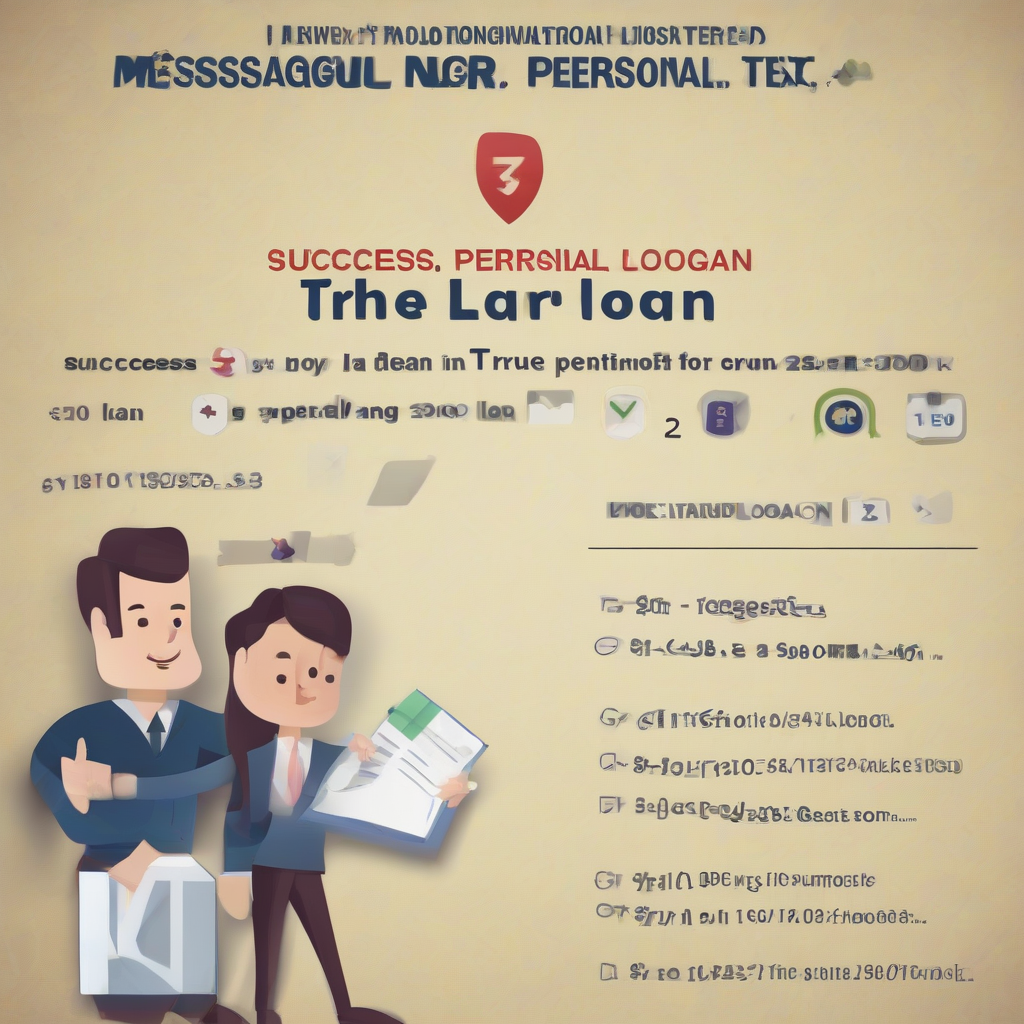Unlocking the Lowest APR Personal Loans: A Comprehensive Guide
Unlocking the Lowest APR Personal Loans: A Comprehensive Guide
Securing a personal loan with the lowest possible Annual Percentage Rate (APR) is crucial for minimizing your borrowing costs. This guide delves into the factors influencing APRs, strategies for securing the best rates, and vital considerations before applying for a personal loan.
Understanding APR and its Components
The APR represents the total cost of borrowing, encompassing the interest rate and all associated fees. A lower APR translates to lower monthly payments and less overall interest paid over the loan’s lifespan. Several factors contribute to your APR:
- Credit Score: Your credit history is a primary determinant. Excellent credit (typically a score of 750 or higher) significantly improves your chances of securing a low APR.
- Debt-to-Income Ratio (DTI): Lenders assess your DTI, comparing your monthly debt payments to your gross monthly income. A lower DTI indicates lower financial risk, potentially leading to a better APR.
- Loan Amount and Term: Larger loan amounts and longer repayment terms often come with higher APRs due to increased risk for the lender.
- Loan Type: Different loan types carry varying APRs. Secured loans (backed by collateral) typically offer lower rates than unsecured loans.
- Lender Type: Banks, credit unions, and online lenders each have their own lending criteria and APR ranges. Credit unions often provide more favorable terms to their members.
- Interest Rates: The prevailing interest rate environment significantly impacts APRs. Higher overall interest rates generally lead to higher APRs on personal loans.
Strategies for Securing the Lowest APR
Finding the lowest APR requires proactive steps:
- Improve Your Credit Score: This is paramount. Focus on paying bills on time, keeping credit utilization low (ideally under 30%), and avoiding opening too many new credit accounts within a short period.
- Shop Around and Compare Rates: Don’t settle for the first offer you receive. Compare rates from multiple lenders – banks, credit unions, and online lenders – to find the most competitive APR.
- Consider a Secured Loan: If eligible, a secured loan (using assets as collateral) will typically result in a lower APR than an unsecured loan.
- Negotiate with Lenders: Once you’ve identified a potential lender, don’t hesitate to negotiate for a lower APR. Highlight your strong credit history and financial stability.
- Look for Lender Promotions and Discounts: Some lenders offer temporary promotional rates or discounts for specific groups (e.g., members of certain organizations).
- Choose a Shorter Loan Term: While monthly payments will be higher, a shorter loan term means you’ll pay less interest overall.
- Consider a Co-signer: If your credit score is less than ideal, a co-signer with excellent credit can significantly improve your chances of getting a lower APR.
- Pre-qualify Before Applying: Many lenders allow pre-qualification without affecting your credit score. This allows you to compare rates without formally applying for multiple loans.
- Check for Hidden Fees: Scrutinize the loan agreement carefully for any hidden fees or charges that can inflate the overall cost.
Types of Personal Loans and Their APR Implications
Different personal loans cater to various needs, with APRs varying accordingly:
- Unsecured Personal Loans: These loans don’t require collateral. They typically come with higher APRs due to increased lender risk.
- Secured Personal Loans: These loans use an asset (e.g., car, savings account) as collateral. The lower risk translates to lower APRs.
- Debt Consolidation Loans: Used to combine multiple debts into a single loan. The APR depends on the borrower’s creditworthiness and the loan terms.
- Home Equity Loans: These loans use the equity in your home as collateral. They usually offer lower APRs than unsecured loans but carry the risk of losing your home if you default.
- Payday Loans: Short-term, high-interest loans. These loans should be avoided due to their extremely high APRs and potential for debt traps.
Factors to Consider Before Applying
Before rushing into a personal loan, thoroughly assess the following:
- Your Financial Needs: Clearly define why you need the loan and how you’ll use the funds.
- Your Repayment Capacity: Realistically evaluate your ability to make monthly payments without jeopardizing your budget.
- The Total Cost of Borrowing: Calculate the total interest you’ll pay over the loan’s life to ensure it aligns with your financial goals.
- The Loan Terms and Conditions: Carefully review the loan agreement to understand all fees, penalties, and repayment options.
- The Lender’s Reputation: Research the lender’s reputation and customer reviews before proceeding.
Avoiding Predatory Lending Practices
Be vigilant against lenders employing predatory practices:
- Extremely High APRs: Unreasonably high interest rates are a red flag.
- Hidden Fees and Charges: Be wary of unexpected fees that inflate the total cost.
- Aggressive Sales Tactics: Avoid lenders using high-pressure tactics to push you into a loan.
- Lack of Transparency: Be cautious of lenders who are unclear about the loan terms and conditions.
Alternatives to Personal Loans
Explore alternatives if a personal loan doesn’t suit your situation:
- Credit Cards (for smaller amounts): Credit cards can be helpful for smaller expenses, but be mindful of high interest rates if balances are carried.
- 0% APR Credit Cards (for debt consolidation): Some cards offer 0% APR introductory periods for balance transfers, enabling debt consolidation without interest charges.
- Family and Friends Loans (for smaller amounts): Borrowing from trusted individuals can be a low-cost option for small amounts. However, ensure clear agreements are made.
- Savings: Before considering a loan, explore if you can use existing savings to cover your needs.
Conclusion (omitted as per instructions)
